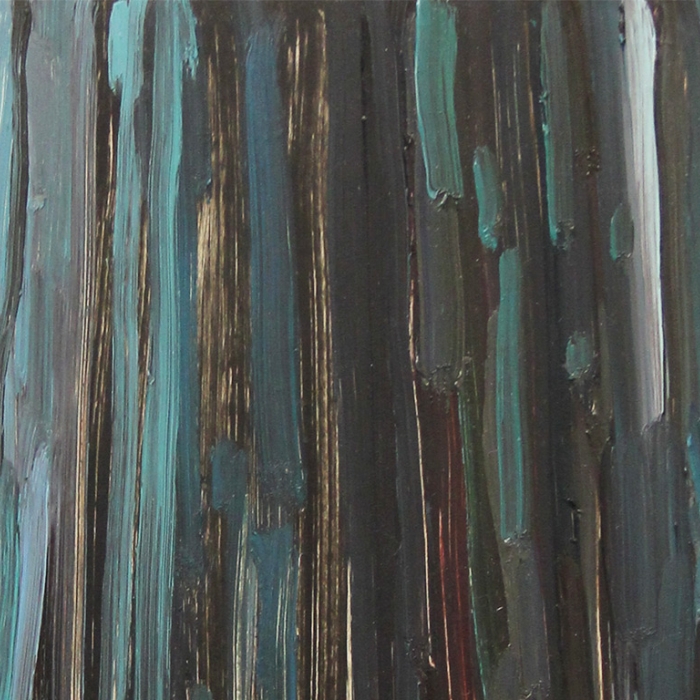Part-time kusamono master, part-time seed protector, Young Choe gives us a glimpse into the art and science behind bonsai accents.
We’ve all had that moment walking through a forest - feeling tiny beneath Doug firs, yet gigantic amongst baby ferns. This suspension between massive and miniature ecology fuels our obsession with bonsai - an art that imitates and sensationalizes nature’s scale, in miniature. With bonsai, an integral aspect of recreating nature is derived in the accent plantings of kusamono.
Kusamono is a variant of bonsai. It literally translates as “grass thing,” but is truly a thoughtfully curated collection of small grasses and flowers that represent a specific natural environment. Kusamono are displayed as singular works or as bonsai accents, hinting at the wilderness from which the tree was sourced.
The idea for kusamono developed in the process of collecting yamadori. People would gather small plants growing alongside trees collected in the wild and display them with bonsai to reflect seasonality and place.
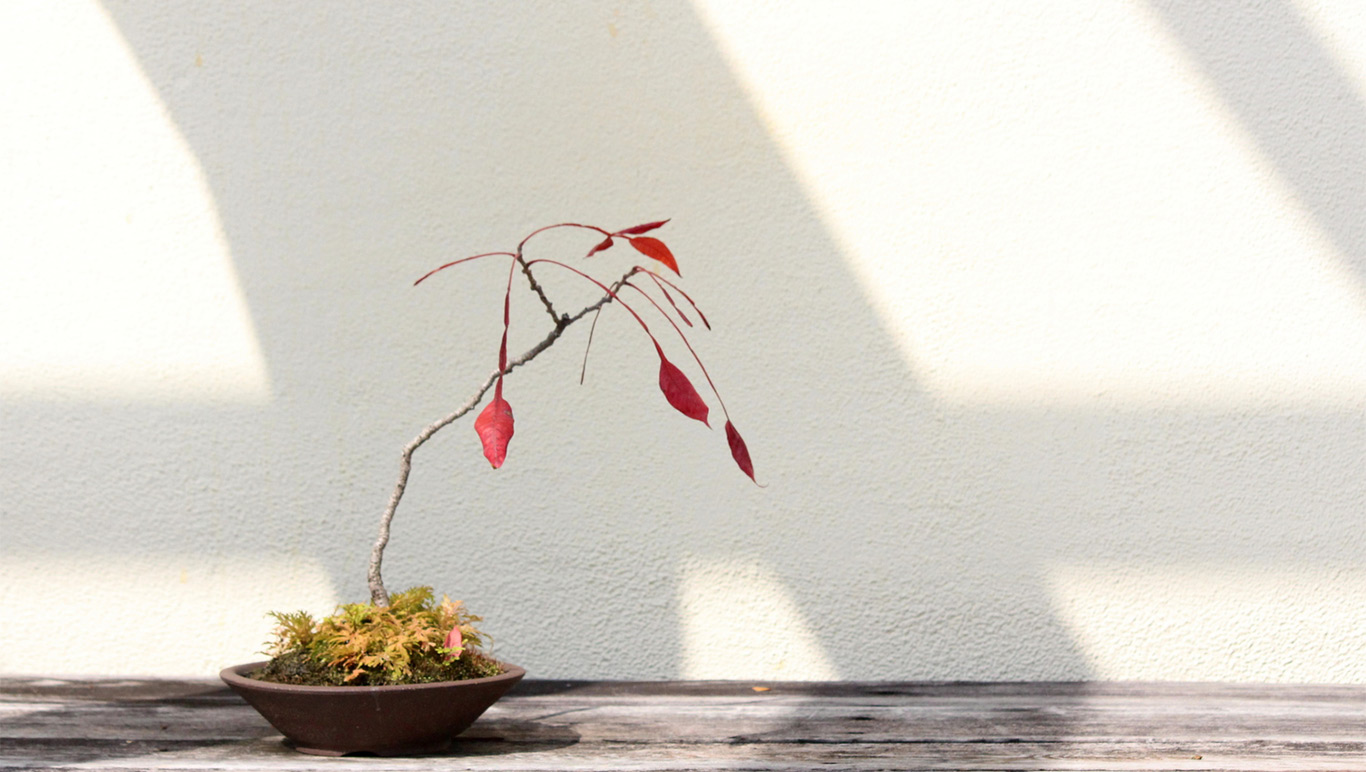
There is one person who is undoubtedly the best kusamono artist in the United States, a native plant expert based out of Washington, D.C. named Young Choe. She is one of the only people in the world solely using plants native to North America for her kusamono designs. We teamed up with her in a recent livestream to learn more about the niche and treasured nuances of her art.
Choe grew up in Seoul, South Korea. Her familial home and garden were designed in a traditional Japanese style. Choe gained immense inspiration from the gardens and architecture. She reminisces how the flowers and trees in her family garden fueled her fascination with plants and art. As she grew up, Choe studied Oriental Art and Calligraphy, fine tuning a unique skillset for the horticultural career she dreamed of.
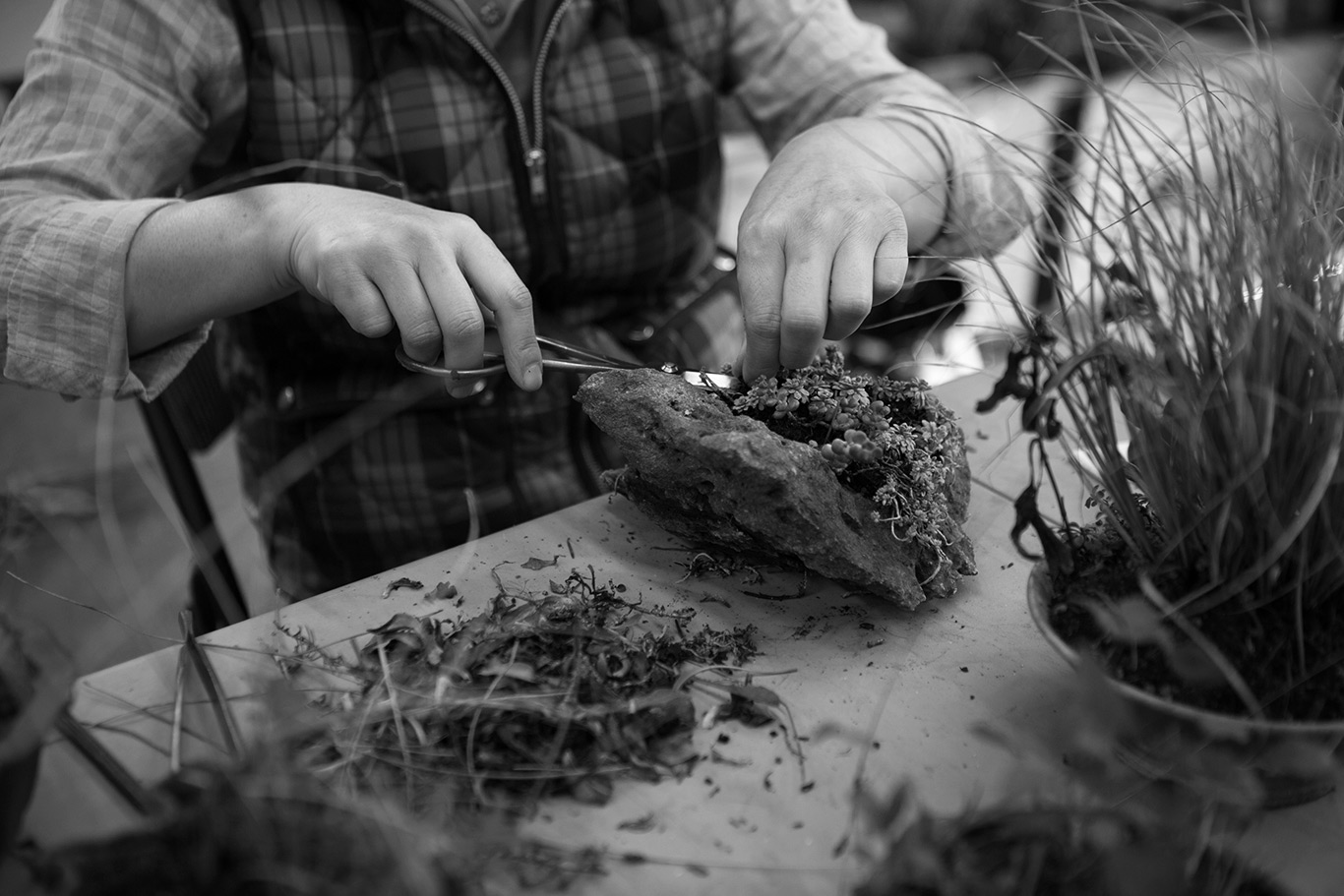
After finishing school in South Korea, Choe moved to the United States to pursue formal horticultural training as a student at the University of MD-College Park and as a volunteer at the U.S. National Arboretum. Choe described one of her first class assignments, interviewing a professional in her chosen field. She contacted a horticulturist from the U.S. Botanic Garden in Washington D.C.
“The first thing he said was if you wanna make money, don’t even start it,” Choe giggled as she shared this. “But at that time…I was never really concerned about money.” She had interest and she had talent, so she followed the path without a thought where her efforts might lead.
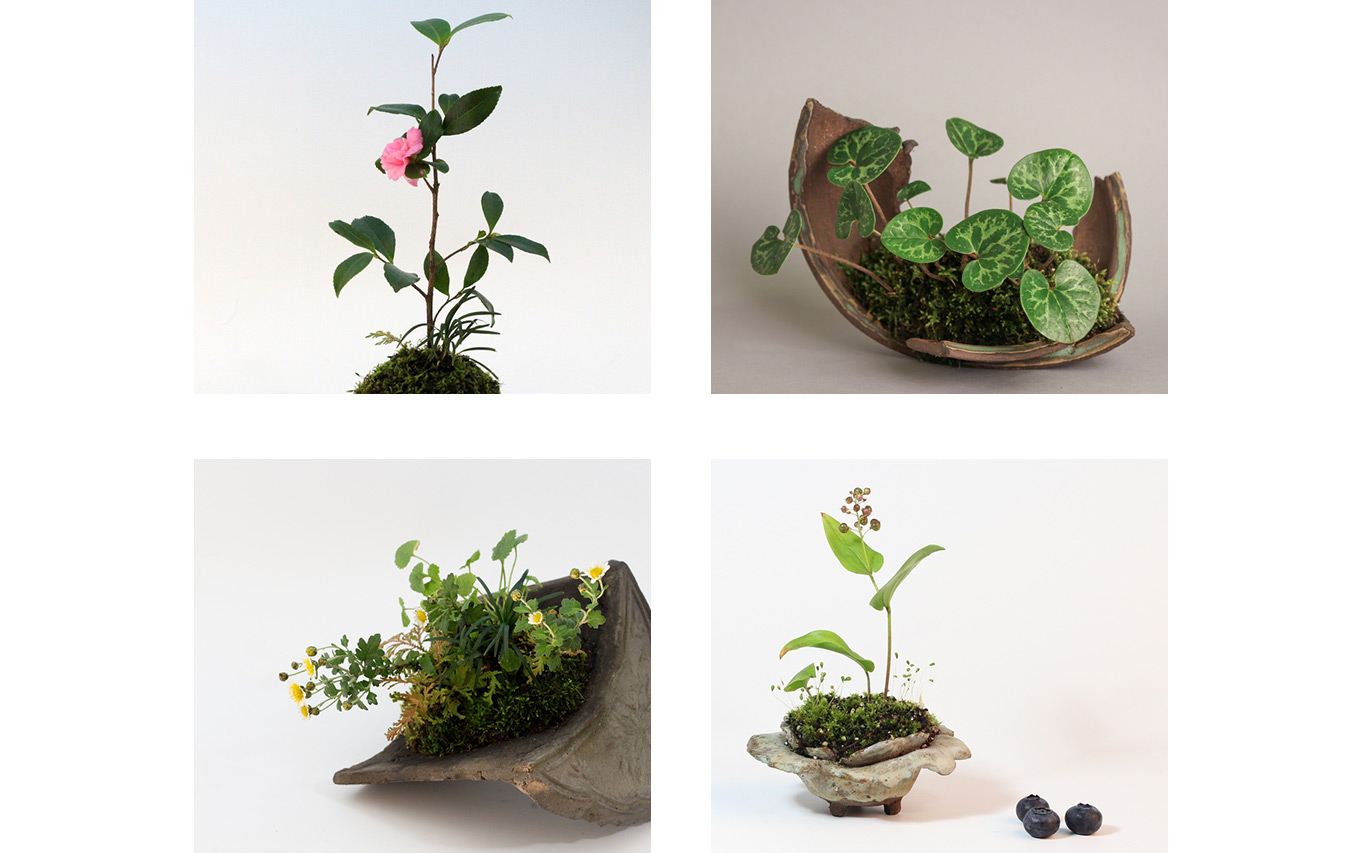
"I learn a lotof things from the wild."
Choe’s initial forays into the plant world were not without humor or self-reflection. During her initial experiences at the National Arboretum, Choe recounts:
“At that time, I barely spoke English. And they put me in the bonsai museum because I’m Asian…but I didn’t know anything about bonsai at that point. So I went there and the first job I did was watering. Not even bonsai watering, garden watering. I didn’t know watering was that hard. So one day I went to work in a lime green suit with pretty shoes. Everybody was looking at me like, ‘Oh my god are you coming into work? How can you work in those clothes?’” Choe laughed infectiously in recounting this— she replied to them; “It’s okay, if I make dirty, I can dry clean.”
And such is telling of Choe’s spirit. Her style of kusamono reflects her approach to life—delightful and meticulous. Choe’s creations are well founded in dedicated research of native plants and their environments. She is committed to teaching the bonsai community of America how to use kusamono and shitakusa* in a way that truly reflects the natural environment.
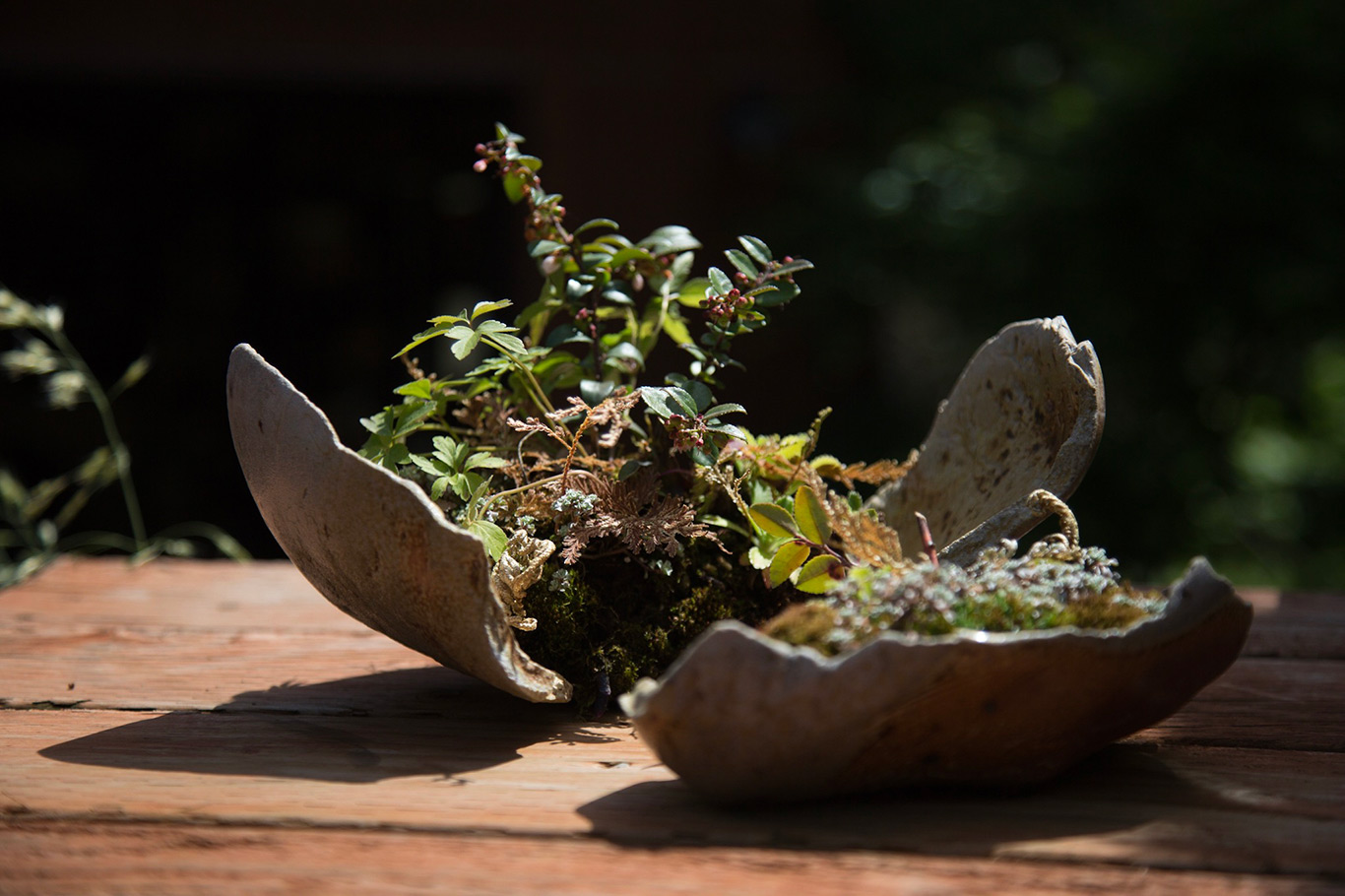
Choe’s style is born out of her study with kusamono master, Mrs. Keiko Yamane. When Choe had the opportunity to learn from Mrs. Yamane, she first spent a year studying Japanese so she could be better equipped to learn.
Over the course five years she traveled to Japan for intensive one-week trainings to learn kusamono from the source. With each successive training, it was expected that Young would expand her own practice, deepen her technique, and demonstrate what she had learned. On her final trip, she assisted with an exhibition of her master and was trained on proper display of kusamono.
Choe was greatly influenced by Mrs. Yamane’s pioneering style, crafting designs that look truly plucked from nature, without appearing overly influenced by the artist’s touch. After learning kusamono with native Japanese plants and ceramics, today Choe designs her creations with native North American plants and soils. “I experiment a lot. I practice and practice, using different soils to figure out which one is the best...I learn a lot of things from the wild.”
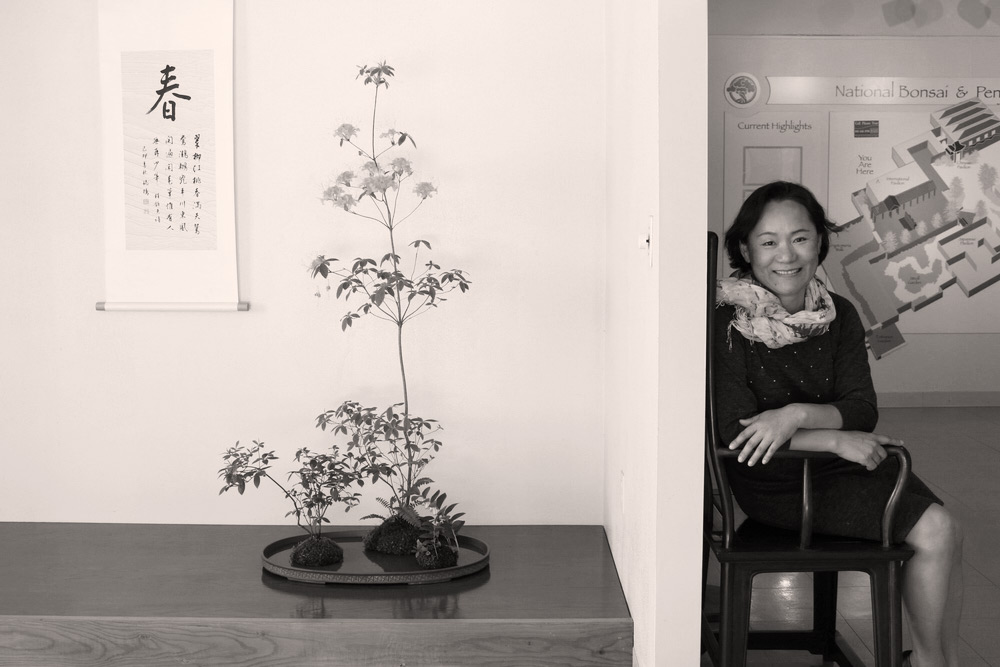
Young Choe is truly defining the world of kusamono and shitakusa for American bonsai. American landscapes guide her designs. Choe spends time exploring nature during her travels and going hiking with her camera; “I’m always looking carefully at how the plants grow…what kind of plants grow together.”
At Mirai, we identify with Choe’s approach because it is scientifically founded. It is easy to see that her success in creating an entirely new canon for American kusamono is augmented by her advanced horticultural baseline.
In her many lectures around the United States, Choe will emphasize first that you need to understand what each plant needs on a horticultural level to create a sustainable and healthy accent plants.
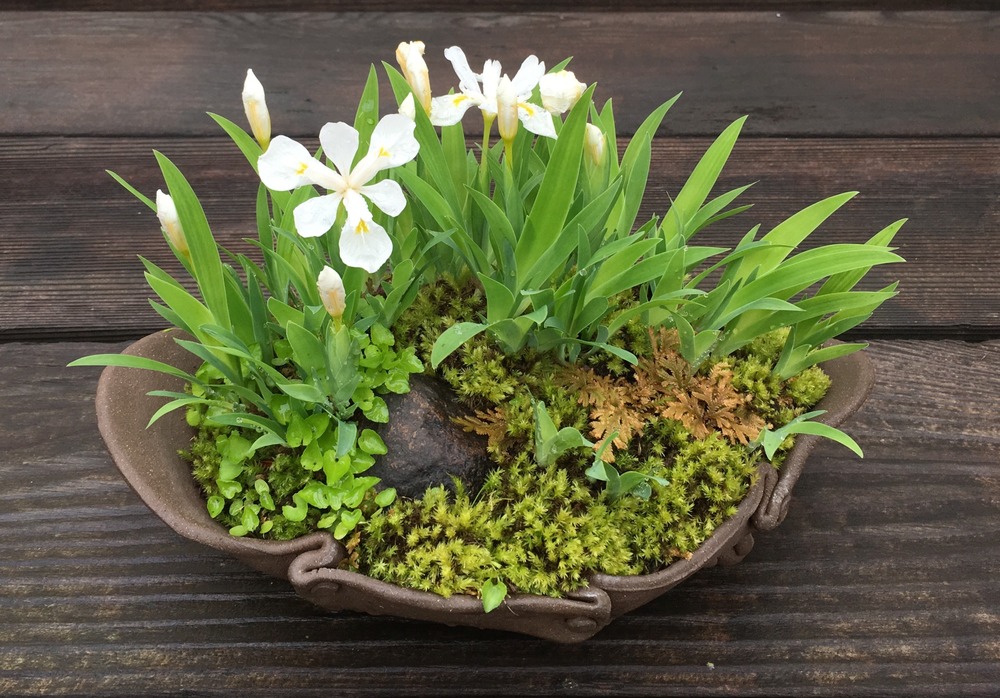
“Most bonsai practitioners don’t really focus on the accent plant. Many of them just go outside…dig up grass or plants from their garden and just put it in the pot for display. They don’t really have lots of ideas about what plants to use, how to use them.”
Choe believes the best accent plants for bonsai should look as if they grew on the mountainside next to where the tree was collected. Crafting reflective accents takes an intimate knowledge of the trees’ environmental origins.
As a horticulturist, Choe directs the seed bank at the U.S. National Arboretum, where over 5,000 seeds are databased. In essence, Choe knows native North American plant species like no other. Having dedicated the past 20 years to expanding the niche realm of accents in an already niche art form, Young Choe will continue to play a strong role in the movement of American Bonsai.

